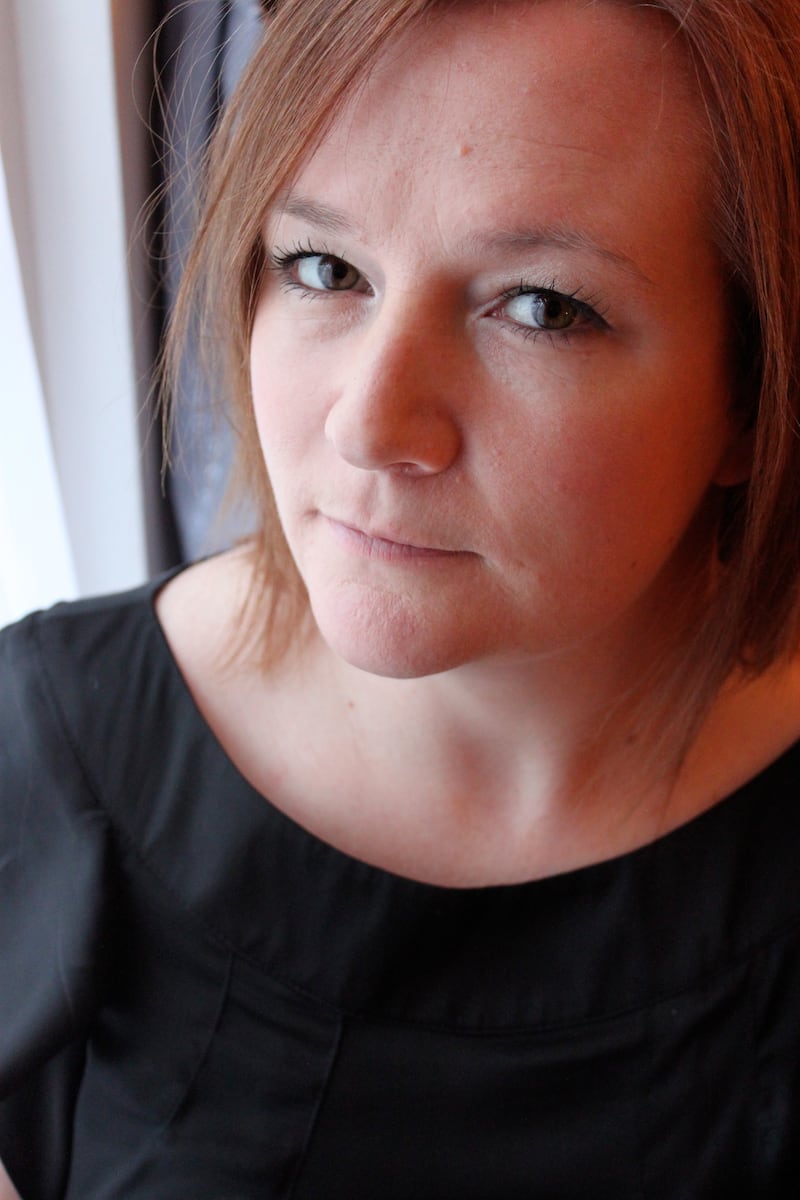With Valentine’s Day approaching, love is in the keyboards of romance writers around the world. Under the name Abby Green, Daisy Cummins, has written more than 50 books for Mills & Boon. Here’s some pointers from the author.
Making a career out of love – I love it. How do I get started?
Just do it, is the advice. Becci Mansell at Mills & Boon says they receive approximately 500 manuscripts from new writers annually, and take on between five and 10. That’s long odds, but still worth a shot. If they think you have potential, they’ll send feedback. “The urge to write and tell a story is the most compelling reason to get started,” says Green, adding that you need persistence. Her first two submissions were rejected.
Third time lucky? Sounds like a good title to me
See, you’re already on the way. The core of the romance plot is: a couple meet, conflict arises, they work it out. “There are endless ways to keep the hero and heroine apart, once you’ve created a really believable conflict between them,” says Green. Stuck for idea? Try The Conflict Thesaurus, by Angela Ackerman and Becca Puglisi. It even gives a handy guide to the resulting emotions and outcomes of all manner of dramas and dilemmas.

So it’s all formulaic?
You do have to follow some guidelines, which you’ll find under the Write for Us section at millsandboon.co.uk, where they add the juicy tip: “Our heroes are 100 per cent alpha but that doesn’t mean they’re perfect.” It helps with the writing if you fall in love with your hero too. “They’re my favourite darlings, until the next book comes along,” says Green.
READ MORE
What about dastardly villains?
“Unless you’re writing a romance with some intrigue or thriller elements, a villain distracts from the main romance,” says Green. She recommends you avoid stereotypes and cliches – with one exception: “all romances end with a happily ever after, but it’s an expected staple of the genre. Much as in crime fiction when the reader finds out whodunit.” In terms of bedroom scenes, she adds “I don’t mind writing an explicit love scene,” but, she cautions, it’s never gratuitous. It has to work as a plot device, and serve an emotional function too.
I’m inspired, but still stuck for words
Help is at hand. There are shelves of books for aspiring romance writers, and you don’t even have to write romance to enjoy them. Try Jean Kent and Candace Shelton’s The Romance Writers’ Phrase Book, and lose yourself in the section on eyes: “his eyes were cold and proud / his eyes gleamed like glassy volcanic rock / her eyes were full of remoteness / his black eyes impaled her…”
How long does it all take?
Sorry? Ahh, you mean from pitch to publication? The fastest possible, according to Mansell is six months, but it’s usually longer. And just in case you meant something else by length, word counts range from 50,000 to 75,000 words.
And, uhm, I’m sorry to bring it up while we’re talking of love, but how much will I make?
It varies. Mills & Boon pay different rates, starting from a reported £2,000 (€2,250), increasing with your readership. “The truth is that most authors don’t earn enough to write full-time. If you’re lucky enough to make a living writing, you’re doing very well,” says Green. Still, she adds: “I can highly recommend it. You just have to go for it!”
Abby Green’s latest book, A Ring for the Spaniard’s Revenge is available now, abby-green.com. Find more writing resources at writing.ie.















